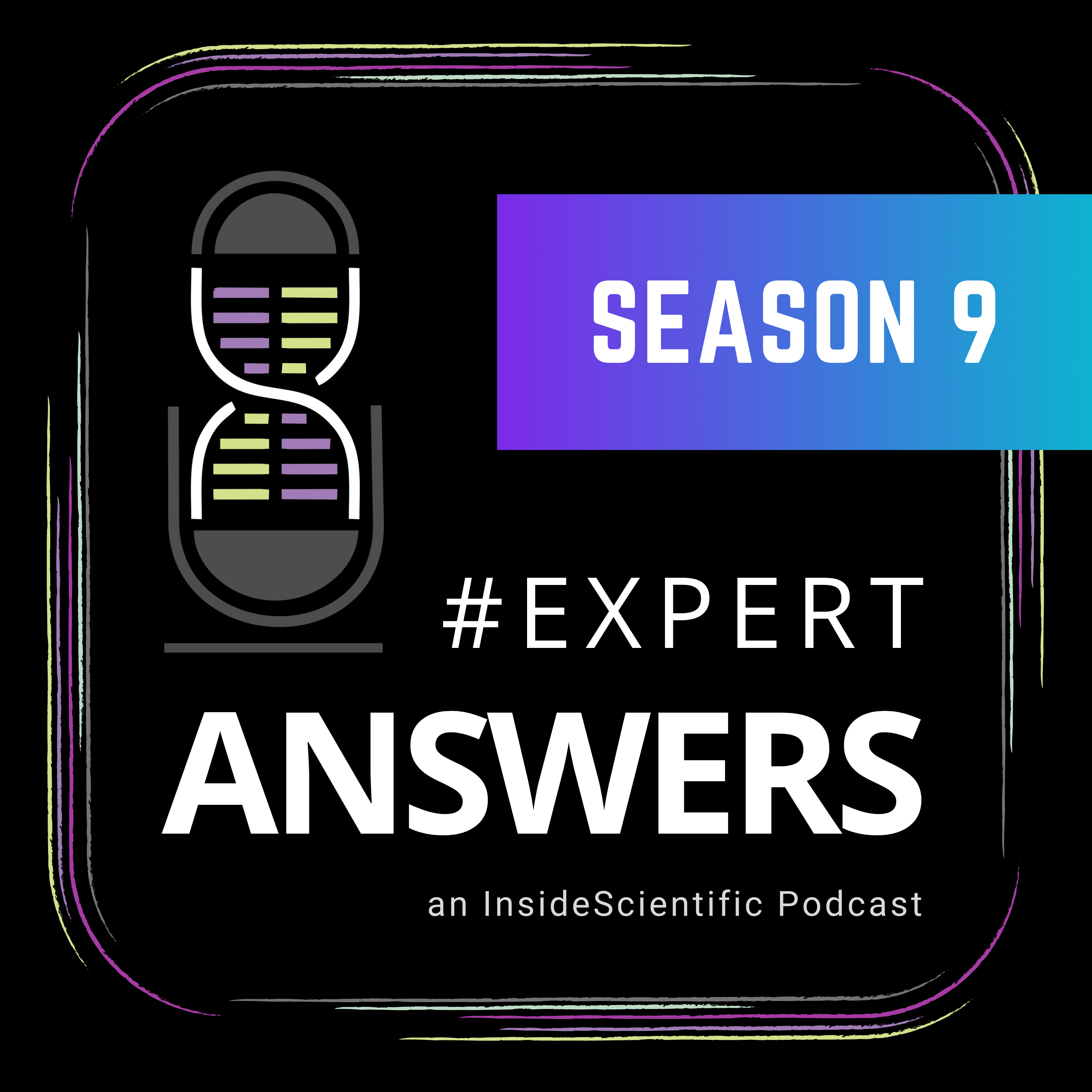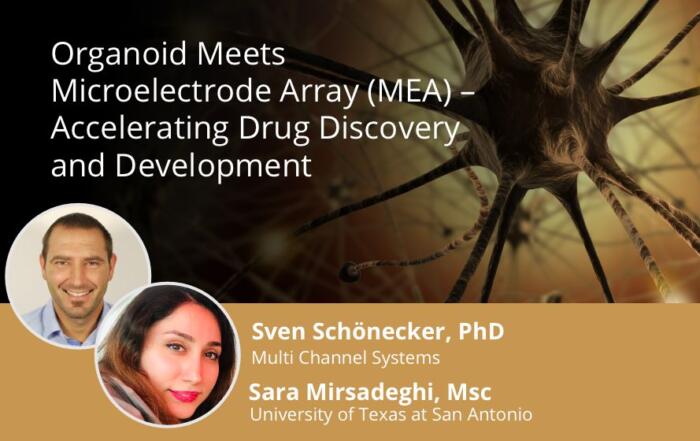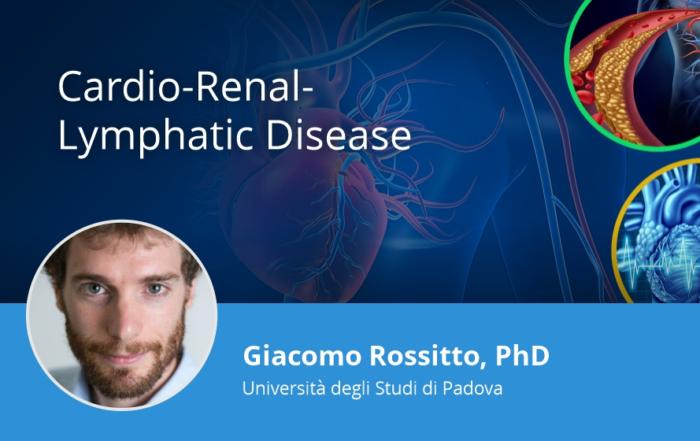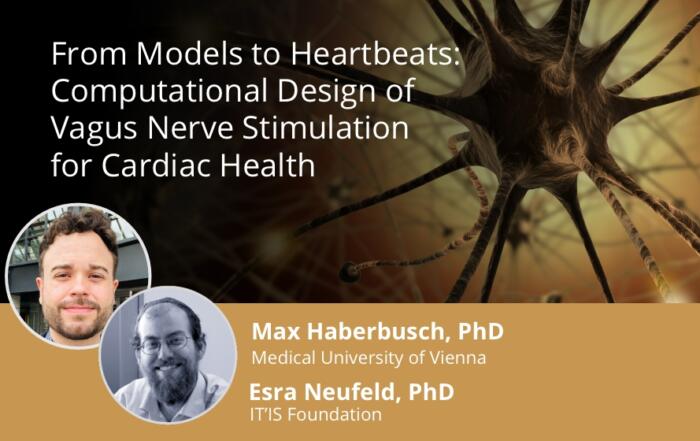In this webinar, Dr. Michael Sturek reviews features of macrovascular atherosclerosis and microvascular dysfunction that underlie ischemic events and the need for appropriate animal models for optimal translation.
The unabated increase in cardiometabolic disease is a main reason why coronary heart disease remains the leading cause of death worldwide. Despite the effectiveness of lipid lowering therapy in treatment of coronary atherosclerosis, calcification remains a challenging clinical problem.
Lipid lowering therapy is highly effective in treating atherosclerosis, but statins and exercise have been shown to increase coronary artery calcification. Dr. Sturek will review data showing a predominance of intracellular calcium (Ca2+) release in coronary smooth muscle cells that decreases remarkably in cells from metabolic syndrome swine and humans. The early event in coronary artery calcification, i.e. the extracellular deposit of Ca2+ crystals as hydroxyapatite, may be triggered by impaired lysosomal Ca2+ signaling. Selective, novel modulation of lysosomal Ca2+ stores may alter autophagy and matrix vesicle release to treat coronary atherosclerosis and calcification.
Key Topics Include:
- Despite the effectiveness of lipid lowering therapy in treatment of coronary atherosclerosis, calcification remains a challenging clinical problem.
- The appropriate animal model having macro- and microvascular disease will provide clarity in the mechanisms of coronary disease that translate to human clinical medicine.
- Coronary smooth muscle Ca2+ signaling mechanisms become dysfunctional in the progression of coronary atherosclerosis in a biphasic manner – initial increases in Ca2+ influx and release, followed by decreases in both.
- Intracellular Ca2+ stores, i.e. sarcoplasmic reticulum and lysosomes, in coronary smooth muscle may participate in trafficking of vesicles to the plasma membrane that cause calcification.
- Early and selective targeting of calcification may be possible by novel modulation of lysosomal Ca2+ stores.
Resources
To retrieve a PDF copy of the presentation, click on the link below the slide player. From this page, click on the “Download” link to retrieve the file.
Presenters
Professor
Anatomy, Cell Biology, & Physiology
Indiana University











